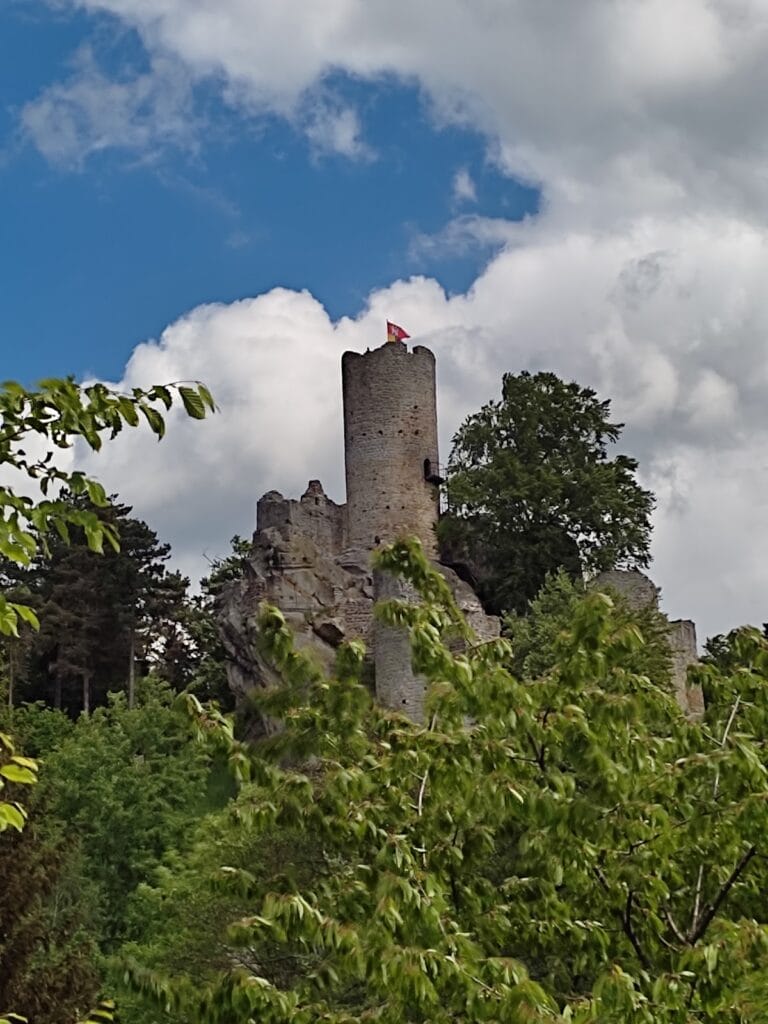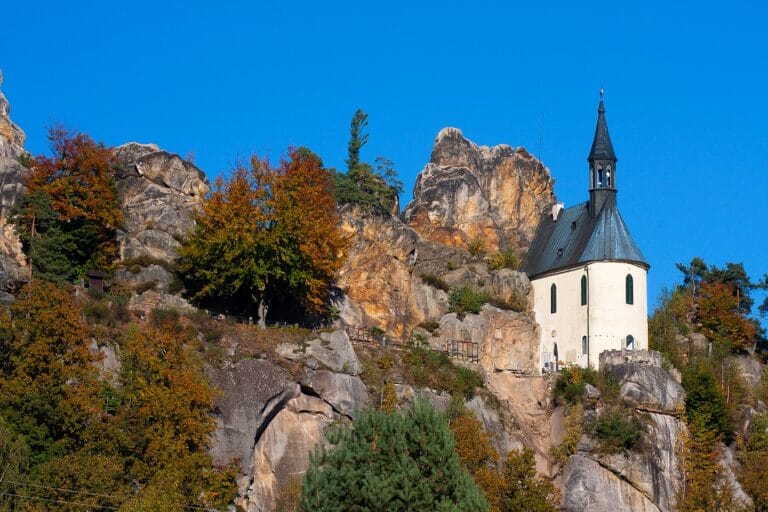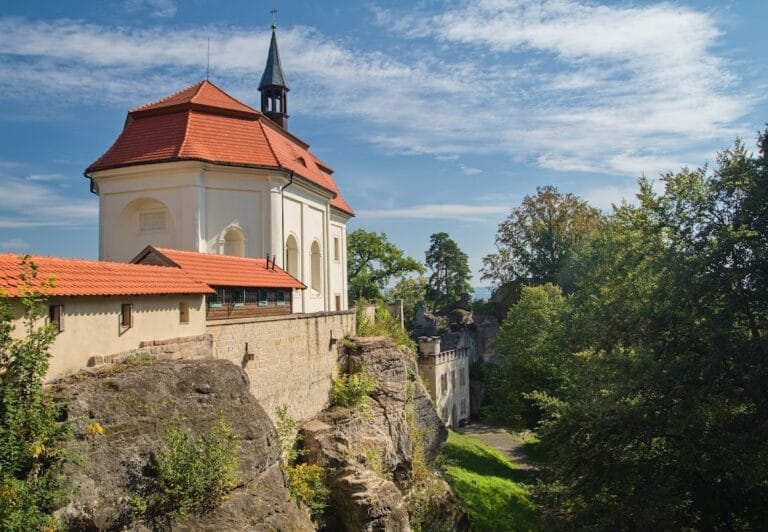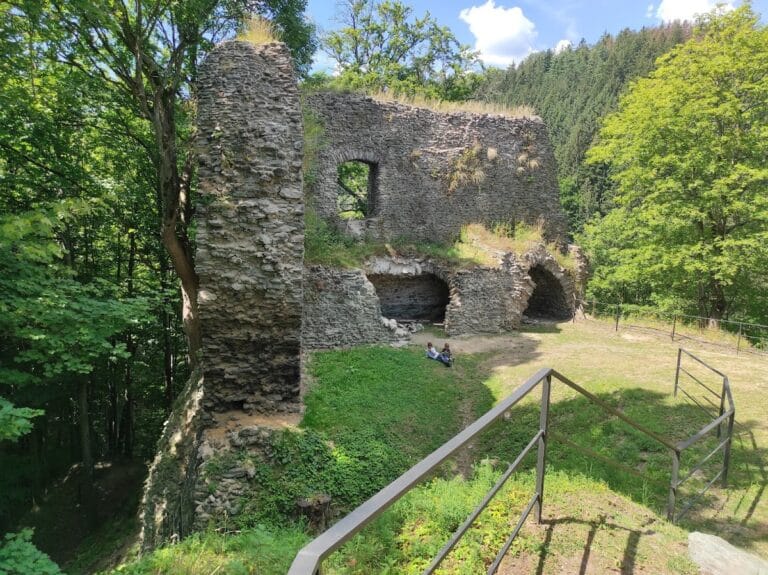Frýdštejn Castle: A Medieval Rock Fortress in the Czech Republic
Visitor Information
Google Rating: 4.7
Popularity: Medium
Google Maps: View on Google Maps
Official Website: www.frydstejn.cz
Country: Czechia
Civilization: Medieval European
Remains: Military
History
Frýdštejn Castle stands near the village of Frýdštejn in the Czech Republic. It was constructed during the 14th century by local medieval builders and initially served as a stronghold for Catholic nobility in the region.
The first written record of the castle dates to 1385, appearing in a church document that mentions Bohuňek Puklice of Frýdštejn as its owner. In the early 15th century, the castle became involved in the religious conflicts of the time. In August 1432, Hussite forces laid siege to the fortress. Rather than face destruction, the castle’s lord negotiated a peaceful settlement, later choosing to adopt the Hussite faith himself, signaling a significant shift in its religious and political affiliation.
Throughout the following centuries, Frýdštejn changed hands among several noble families. The Bibrštejn family acquired the property, followed by the Kamencové and the Berkas of Dubá. By the late 15th and into the 16th century, the Vartenberk family held ownership. Despite this succession of owners, the castle’s strategic importance declined over time.
After 1556, Frýdštejn ceased its role as a watchtower guarding the nearby trade routes and river valleys. This decline in military and administrative use led to its abandonment by the end of the 16th century. During the chaotic period of the Thirty Years’ War in the early 17th century, the castle ruins provided shelter for deserters and fugitives, making it a refuge amidst widespread conflict.
In 1892, interest in preserving the site arose when the Turnov Adornment Club purchased the ruins from the noble Rohan family. The organization undertook efforts to reinforce the remaining masonry and protect the structure from further decay. Artifacts uncovered during archaeological work at the castle were collected and are now conserved in the nearby Turnov Museum. Today, the ownership belongs to the local municipality of Frýdštejn.
Remains
Frýdštejn Castle is classified as a rock castle, built into and upon a sandstone formation that crowns a ridge overlooking the Jizera river valley and an old northern trade route from Turnov. Its construction in the 14th century took advantage of this elevated natural platform for defense and surveillance.
The most prominent surviving structure is a towering bergfrit, a type of defensive castle tower common in medieval fortifications. This tower rises approximately 15 meters in height and nearly 9 meters in diameter, with walls reaching two meters in thickness, crafted primarily from sandstone blocks. Originally, its only entrance was positioned on the first floor, roughly 6 to 7 meters above courtyard level to enhance security. Visitors today reach this level by an external metal staircase, installed during later restoration efforts.
Space constraints on the rocky summit led builders to carve several small chambers directly into the sandstone. Among these rooms was a chapel, indicating both residential and spiritual functions within the confined castle space. The intimate scale of these carved rooms reflects an adaptation to the natural rock, blending man-made and geological features.
Southeast of the castle, on a nearby height known as Prakovna, identifiable remains of siege fortifications exist. These earthworks relate to historical military actions against the castle, serving as tangible evidence of combat and defense measures from its active period.
While the exact location of the original main entrance remains undetermined, archaeological interpretation suggests it was near the right side of the bergfrit. From this point, an access route likely connected to the ground floor of the main residential palace, integrating the tower into the broader castle complex.
Late 19th-century masonry stabilization work was carried out by the Turnov Adornment Club, preserving the castle’s ruins in their present condition. These efforts secured the remaining structures from collapse, enabling continued study and appreciation of this medieval fortress’s architectural heritage.










